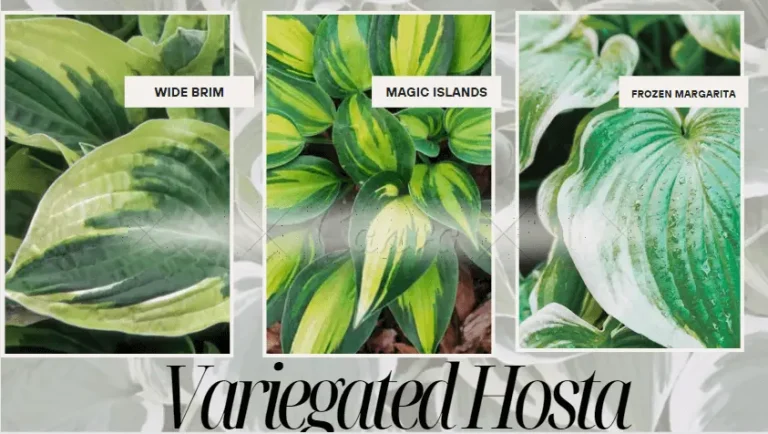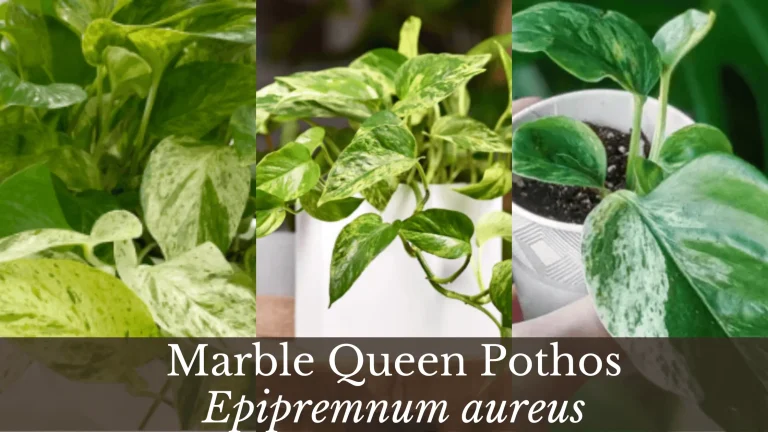Black Diamond Watermelon | Complete Guide to Grow and Care | Expert Opinion
Black Diamond Watermelons are named for their glossy, solid black-green rind. However, the flesh is cherry-red. The flesh is always tender and sweet, with 25 to 40 grayish-black seeds. It requires a long, warm growing season. It is a great variety, like Charleston gray watermelon and crimson sweet watermelon.
This black Diamond has its origin in Africa. Melville Dillon developed it in the 1940s. Some refer to it as Arkansas Black Diamond, which is believed to have developed years ago.
They are open-pollinated; thus, there is always a change in the variety year after year. This makes the plant species the most diverse one. However, if the pollens remain shared within the same species year after year, the plant will be true-to-type and is called Heirloom.

Melville Dillon | 1907-1993
Features and Properties of Black Diamond Watermelons
The following table shows the features and properties
| Scientific Name | Citrullus lanatus |
| Common Name | Black Diamond Watermelon |
| Family | Cucurbitaceae |
| Native Area | Africa |
| Plant Type | Annual / Spreading, creepy, vine, can spread in length up to 20 feet |
| Leaves | Slow releasing Potash and Nitrogen fertilizers |
| SK Units | 119000 SKU |
| Appearance | Black-green rind, cherry red flesh |
| Light requirement | Grow well after frost in full sun |
| Average Weight | 35 to 50 pounds (lbs) |
| Days to maturity/ When to harvest | Time to maturity is about 90 days |
| Plant spacing | 7-8 feet |
| Planting Time | After frost days, in Spring and summer |
| Row spacing | 16-18 inches |
| Soil | Well-drained with slightly acidic soil (pH 6.0) |
| Water / Irrigation | Frequent irrigation (after each 5-7 days) |
| Fertilizers | Add compost, well-rotten FYM, or Seaweed |
| Organic Amendments | Add compost, well-rotten FYM or Seaweed |
| Number of Seeds per fruit | More than 25 |
| Nutrition Values | Vitamin C, Beta-Carotene, Lycopene |
| Importance and Uses | Used as Dessert (cholesterol free) |
| Hardiness Zones | Used as Dessert (cholesterol-free) |
How to Grow Black Diamond Watermelon from Seeds?
Please follow the following expert opinions for planting and getting well-juicy melons.

Time to Grow
Early spring is the best planting time for these melons in the home garden and indoors. At maturity, they require heat. Thus, growing these in early spring will require 1.5 to 2 months of good warmth to get them perfectly ripe.
However, if you are in the North and want to enjoy farm-fresh black diamonds, you can grow these in the plastic mulch covering warm soil in the greenhouses. This mulch and greenhouse will trap air and keep the soil and atmosphere comparatively warm. The perfect time for growing Black Diamonds in the North is when peonies bloom. It is usually 2 weeks after the last frost. Sowing will be more than 80% successful in early summer when the temperature is 70°F
Sowing Methods
Consider the following cares
- Soil should be well-drained.
- Sow it ½ inches deep in the soil after the last frost in the well–drained garden soil.
- Space seeds and rows at 3-5 feet as the plant is creepy and spreading in nature. Thus, give them proper room for it. They can spread up to 20 feet in radius.
- Indoor sowing can be done 3-4 weeks earlier in a controlled environment.
- Keep plant-to-plant distance as low as 18” with rows 5-8 feet apart.
- Apply frequent irrigation as the plant is not drought-resistant.
- Frequent irrigation is also recommended to get juicy and sweet flesh.
- It is nutrient intensive, requiring the release of Nitrogen and potassium.
Use the humidity dome and seed trays where the weather is cold and frost is still around. Plant seeds in trays and shift in the field when the temperature is more than 70°F.
Flowers and Fruiting
It is monoecious, with both male and female flowers growing on the same plant. However, the male flower blooms earlier and dies. Female flowers bloom 2-3 weeks after the male flower. It has a small swelling at the base, indicating fruit initiation. The flowers are open-pollinated and require bees for successful pollination. If the weather is rainy during flowering, this may restrict the free movement of bees and other pollinators.
Keep fruits with straw bedding when they are the size of a football; otherwise, these will decompose in the moist, warm soil.
Harvesting and Storage
Watermelons are ripe after two weeks of pollination. At the time of harvesting, stop irrigation. This will help concentrate sugars in the fruit and make it sweet and flavored. How to tell that the black diamond is fully ripened is very important. However, my personal experience is guessing from the skin color is the best judgment.
Some of the gardeners can judge the picking time by knocking the melon. A low-pitched deep sound will confirm the maturity. However, perfection in this method requires time and experience to listen to multiple sounds.

I have experience storing melons for 1-2 weeks without a refrigerator. However, a cool storage room will increase the storage time. If you have extra melons, cut them, make dice or balls, and freeze them for later usage.
Plant Cares
Plant of black diamond requires the following cares
- Optimum Temperature – Sowing must be done after the frost when the temperature is more than 70°F.
- Light – They perform well in early to mid-summer with plenty of sunlight.
- Thinning – To maintain a plant-to-plant distance of 8 feet, thinning of the plant is done after 2 weeks of sowing.
- Frequent Irrigation – The plant is drought-sensitive, so frequent irrigations are applied. Better to use sprinkler irrigation
- Soaker Hose – to avoid over-watering, use a soaker hose to hold extra water. This will also help in preventing fungal diseases.
- Irrigation in the early morning – Apply water early in the morning so that excess water can evaporate in the sun.
- Control Weeds – Control weeds earlier in the growing season as it would be difficult to move around when the vines spread.
- Fertilizers and Nutrients – Apply premium quality fertilizers. It is better to use granular fertilizer for slow release. Apply more nitrogen-based fertilizers at the early growing stage while applying potash and phosphorus-based fertilizers at maturity.
- Straw Beds – Keep all the maturing watermelons on the straw beds to avoid direct contact with the soil. Cardboard can also serve the same purpose here, but it will not be economical.
- Aluminum Foil – Use it to concentrate heat and light to speed up the ripening and maturity.
- Baskets upside down – keep your ripened fruit safe from critters (hogs) by covering the fruits with weighted-down laundry baskets.
- Diseases – Plant faces fungal attacks (Alternaria, Anthracnose, Blight Spots). Downy mildew (yellow or pale green) and powdery mildew (white powder, spots) are common in moist environments. Apply Fungicides after consulting extension services.
- Insects – Aphid attack is common. Check the underside of the leaves frequently. Apply insecticidal soap. If there is an attack of beetles, apply rotenone (pyrethrum-based insecticide) to kill these beetles. However, never use broad-spectrum insecticides as they may kill bees (pollinators).
- Trellising – It is not recommended as the fruit is as heavy as 50 pounds
What is Trellising?
Trellising is providing support to the vines.
Conclusion
Red-fleshy, sweet, and flavored black diamond watermelons have their origin in Africa. Melville Dillon discovered it in 1940. They grow through seeds and spread from 5-8 feet. Leaves are broad. They love to grow in bright sunshine. These melons have a life of up to 90 days starting from early summer or late spring. They require frequent irrigation and nitrogenous fertilizers at an early stage. Proper care can give maximum size and weight up to 80 pounds. Cover melons with foil to get early maturity. Guess the time to pick by the color or tendrils. They are rich in Vitamin C and serve as a dessert.

FAQs
I’m Dr Qaiser Maqsood (PhD), a dedicated researcher and expert in Biological Sciences, Gardening, Bio-Diversity, Ecology, and Environmental Sciences. I’m much concerned about Environmental Pollution, Climate Change, Plantation, Gardening, and Global Warming. My passion is to explore innovative solutions in all these fields.
Be aware that we have ONLY ONE EARTH. Protect it!!






